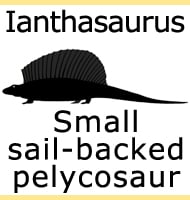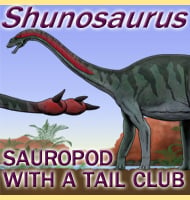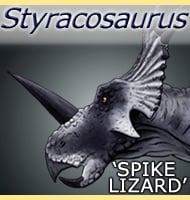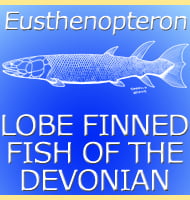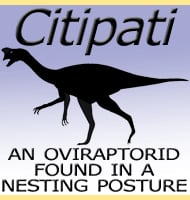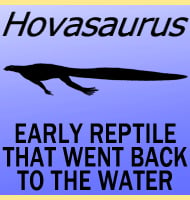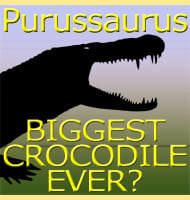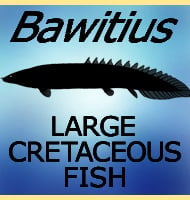In Depth
Aerosaurus is considered to have been a precursor to later varanopid amniotes like Varanops, yet there are some questions as to the true nature of Aerosaurus. The teeth of Aerosaurus are sharp and recurved backwards like those of a predator, yet they are very tightly packed so that they form a continuous row kind of like a saw blade. This could denote a specialised method of feeding like a filter feeder, or perhaps being a form of rudimentary rake for stripping fronds of vegetation from fern-like plants.
In addition to the teeth, the ribs were also quite long which meant that the body was deeper with possibly more room for a larger digestive system which may have been necessary for processing plant matter. Aerosaurus is also noted for having a proportionately long tail, almost as much as half of the total body length.
Further Reading
- New genera and species of pelycosaurian reptiles. Proccedings of the New England Zoological Club XVI: 90-96. Alfred S. Romer - 1937. - Aerosaurus wellesi, New Species, a Varanopseid Mammal-Like Reptile (Synapsida: Pelycosauria) from the Lower Permian of New Mexico, W. Langston Jr & R. R. Reisz - 1981.

